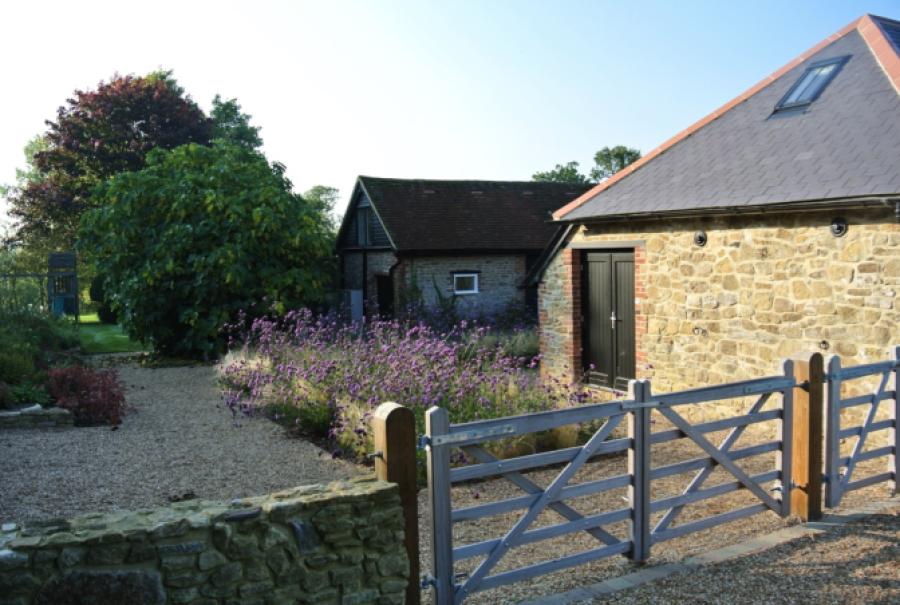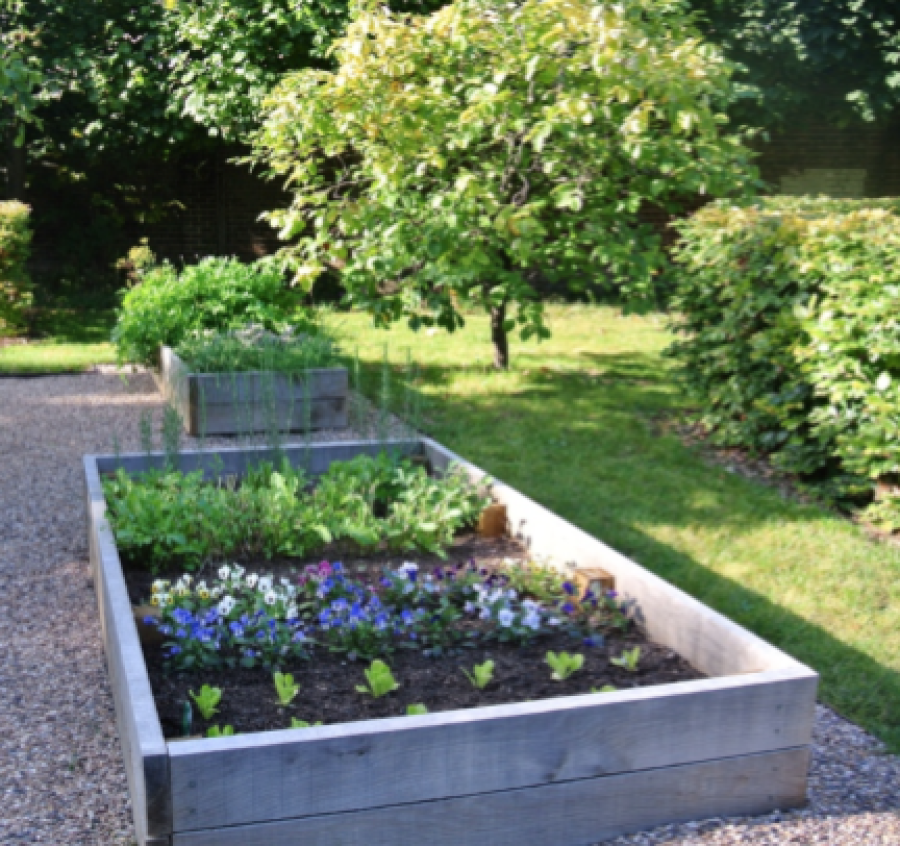Garden Inspiration – what you should be asking of your garden designer
As autumn approaches our thoughts turn to tidying, planting and even redesigning our gardens. A fabulous garden can greatly improve a property’s potential so what should you ask a professional and make sure you’re getting the best service and inspirational ideas?
We all lead busy lives these days and only few of us are brave enough to attempt building a whole new garden from scratch. Whilst many of us are able to plant a garden and even turn our hand to putting up a shed or digging a border some of the larger jobs like walls, water features and lighting are best left to a professional who can provide a fast, efficient, professional service. And how do you bring this all together? Well that’s the job of a garden design professional.
Designers come in all shapes and forms and can provide anything from a short on-site consultancy to full construction and planting services. A good garden designer will take time to work closely with you, discovering what makes you tick, offering a variety of solutions and recommending the best way of meeting your individual requirements. How can you tell which ones best for you when you meet them? Well here are some tips for when you first approach a garden designer.
- How long have they been established? Some designers may not have the breadth of experience you really need. When its your own garden and the job can be very messy its good to know that the design and contractor have proved himself on plenty of other projects.
- Is the garden designer a Registered Member of the Society of Garden Designers? They’ll have been assessed by their professional body and are a good guarantee of professionalism and competency.
- A good designer will have great contractors and be able to recommend contractors whom they have worked with for many years – a great guarantee of quality.
- Do they charge a call out fee? Some designers will ask for a fee before they’ll come and see you. If you do pay a fee make sure you check out their website first. Do they really create the sort of garden that inspires you? Not all designers charge an initial fee and when you do meet them see if they explain budgets and fees and give you some initial ideas that inspire you before you commit to a full design.
- What sort of aftercare can you expect? This can vary widely and range from planting plans and plant lists to a monthly emails giving you maintenance needs for that month as well as ideas to develop your garden and visits to ensure your garden is meeting expectations.
Design prices will normally be about 15% of the total project price and you will more than appreciate the value by avoiding costly mistakes and possibly getting a garden beyond your dreams. It’s likely that much cheaper design prices are boosted by higher construction costs so don’t be fooled that you’ll get the same service for a cheaper price.
There are lots to think about and if you are struggling or want the eye of an expert cast over your outdoor space a garden designer can lead you through the jungle! Here are some top tips.
- Find out what you want to use your garden for. Is it for entertaining, relaxing, or for kids to play in?
- Don’t even think of elaborate gardening schemes if you’ve got a hectic lifestyle. Simplicity is the key!
- Get rid of clutter. Stick with a couple of good natural materials – Old York stone works well in traditional gardens, while contemporary styles could make use of natural hardwood.
- Strike the right balance – ignoring the natural elements can leave some gardens looking cold and lifeless.
- Don’t just pick a design that looks good in a brochure – it may not work for you, as every garden is individual.
Bring in a professional and your garden project should be plain sailing with inspirational design and great construction and planting.
For a podcast interview with Andrew all about hiring a garden designer please click here.

